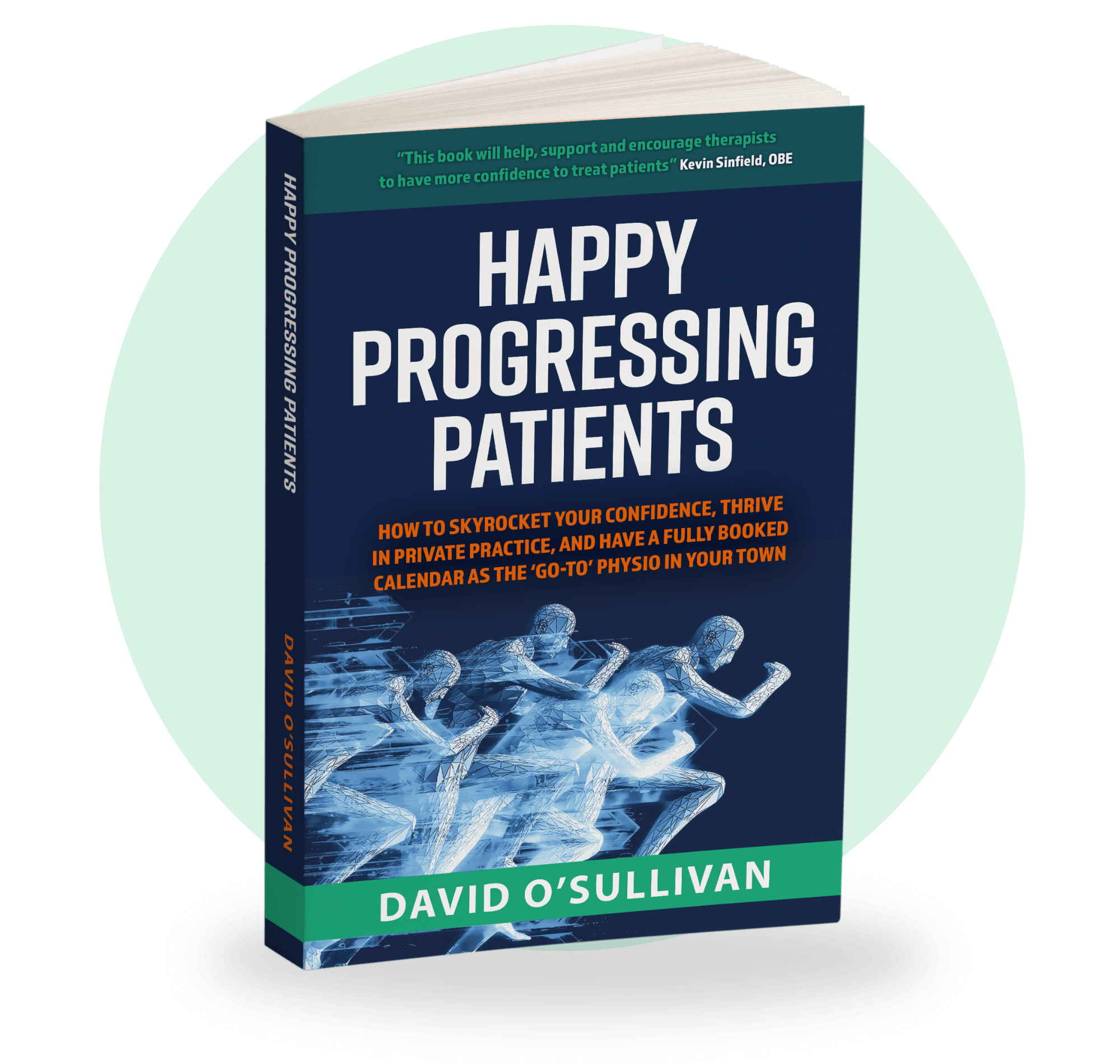
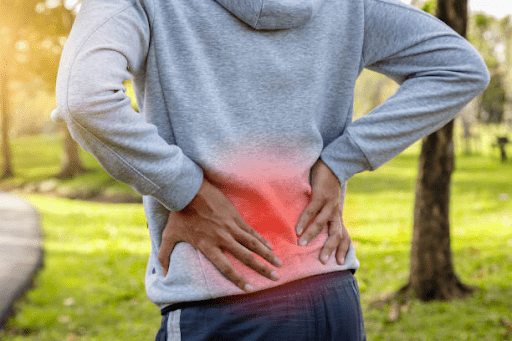
Have you ever suffered from back pain in your lifetime?
Have you been told many different theories about what your back pain is but never had clarity on the matter?
Have you been told that the best thing to do is get an MRI scan in case you’ve ‘slipped a disc’?
Back pain is the most common injury we treat here in the clinic. National statistics in the UK have shown that up to 60% of people in the UK will suffer with back pain at some point in their life.
A big issue with the topic of back pain is the many old wives tales that seem to have stuck around into the modern day. These myths have led people to have a misunderstood knowledge around back pain and how to manage it.
In this blog I wanted to discuss the top 5 myths about back pain. So read on to find my top myths and why they may not be true.
MYTH 1: “To Diagnose My Back Pain I Need An X-Ray Or MRI Scan”
This is a common thought process that people go through when experiencing low back pain.
Although back pain can be scary, the majority of the time, pain does not indicate anything serious. In fact, approximately only 1% of people will present with rare and serious pathologies in primary care. A scan should only be warranted if someone is suspected to be a part of this group.
Keep in mind that MRI results may not actually show what’s causing your pain. A recent study showed that many asymptomatic people had ‘symptomatic findings’ on their scan e.g. disc bulges, degeneration etc. but don’t suffer from any symptoms! Thus can be concluded that a lot of these findings on an MRI scan can be normal and a part of the ageing process!
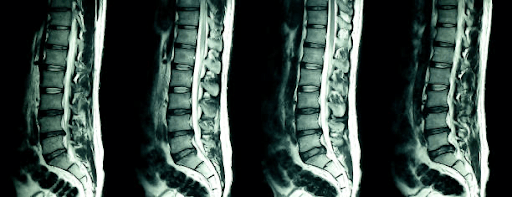
MYTH 2: “Don’t Lift Heavy Things, You’ll Slip A Disc”
This may be something that you’ve heard your friends and family say to you day in and day out. But let’s make one thing clear, and this might be against everything you’ve ever heard before but DISCS DON’T SLIP!!
Your vertebral discs, which act as a cushion for each of your vertebrae are surrounded by an incredibly STRONG fibrocartilage which creates an exceptionally strong connection to the annulus of the disc (gel-like material in the middle) and the vertebrae itself. This, therefore, makes it IMPOSSIBLE for discs to ‘slip’!!
Always remember that your back is one of the strongest and robust structures in the body, it is definitely not weak and vulnerable!
If you have a ‘disc bulge’ or a ‘disc herniation’ do not panic! Neither of these mean that your disc has popped out. It’s likely that the disc started to bulge over time and has only recently started to cause a bit of mischief by irritating the nerve next to it.
Lifting is also very safe! Evidence shows there’s no particular way to lift which would increase your chances of getting low back pain. In fact lifting weights as a part of an exercise regime can be vital in keeping those back issues at bay!
Or rehabilitation exercises…
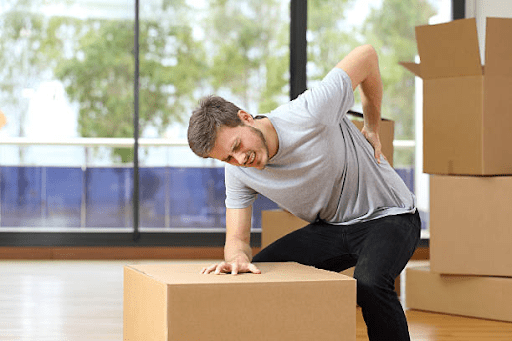
MYTH 3: “Sit Up Straight!”
We’ve all been told that to sit up right, chest forwards and shoulders back is the ‘ideal posture’.
People are still convinced that this is how you prevent and treat back problems. The truth is there is no ideal posture, and in fact, your ‘best’ posture is your NEXT posture.
Make sure you keep yourself moving and fluctuating between postures. This means that sometimes ‘slumping’ is not a bad thing! This could be what your body needs if your back is starting to get sore from sitting upright for too long!

MYTH 4: “The Best Thing To Do For Low Back Pain Is To Work On Core Strength”
This is a popular belief that has become outdated as the research progresses into the modern day. The truth is that there is not one magic bullet that will help someone’s low back pain. Everyone is different, with different stories, different injuries and very different emotional stressors. This is not to say that ‘core’ strength is not important to someone’s back pain. In some cases, working on the abdominals’ load tolerance and their ability to mobilise the ribcage may be relevant to someone’s rehab. However, this is not for everyone! This is why it’s so important to have an assessment with one of our therapists to be able to find the TRUE cause of the issue.
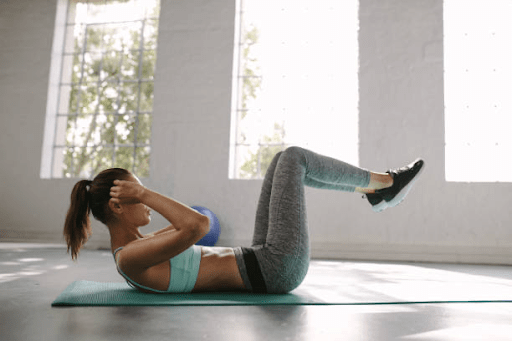
MYTH 5: “Bed Rest Is The Cure For Acute Back Pain”
Although it may seem appealing to lay down after you’ve experienced an acute episode of back pain, this is probably the last thing you should do.
Your body loves to move and that is what it’s designed to do. By staying in bed for longer than you need to will likely cause your muscles to tighten up and make it more difficult for you to do your daily tasks.
If your symptoms are acute, the best thing to do is keep yourself moving and avoid any vigorous activity. This will usually help your symptoms within the first 48 hours.
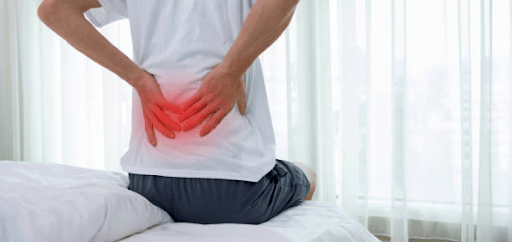
Final Thoughts
There are a lot of back pain myths out there. Sometimes it can be hard to know what to believe. Ultimately, if you’re experiencing back pain, the best thing is to go straight to a healthcare professional.
If you or someone you know is suffering with back pain and want to finally find out what’s causing it, we want to help.
All you have to do is click here, book your appointment and start your journey back to a pain-free life today.
Click here or call 01484 443173 to book your free 1-1 assessment now.
Get Your FREE Copy Of The Amazon #1 Bestseller That Holds The Secret To Confidently Treating Any Patient!
Download a Free ‘ebook’ copy of the 8-Step ‘World Cup’ Treatment Plan that helped my private patients achieve full recovery and made me a ‘go-to’ physio for complex cases…
